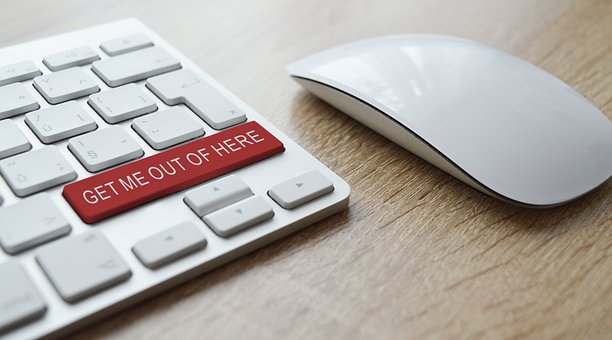Phishing – growing up, I thought of fishing in a pond or for a compliment! No, while this phishing pronounced the same – this phishing is after our data, our information and identities.

Digital assets, data privacy and protection – this is all up my alley. Time for a confession, these phishing schemes are becoming more believable – at least to me.
This week I received an email from “my bank”. The address line used the bank name, the spelling in the email was correct and the logo was accurate. The email looked like the real deal, until it didn’t. My heart was racing, I did not complete/send in the information form, yet I had clicked on the link.
Now what? My personal and business information – uh ho, argh! It was important to act fast to thwart the phishers. Here are a series of steps to attempt to protect my data from malware, malicious attack and protect me from identity theft.
- Disconnect from the internet immediately. Unplug the Ethernet cord, disconnect from the wireless network and you may want to disconnect your router for good measure
- Change the password you use to access the email account used by the “phisher”, immediately AND, if you use this password to access other accounts, change the passwords for all
- What other devices do you use to access the email account used to send the phishing? Update these devices with the new password you selected for this email account
- Run a full scan using the service you use for PC security
- Keep breathing and keep a close eye out

And in the news this week, “A cloud server operated by Microsoft has been leaking the personal data of 80 million U.S. households including people’s full names, physical addresses, and dates of birth.
A pair of Israeli security researchers say they discovered the unprotected database while working on a web mapping project with VPN review site vpnMentor. In addition to names and addresses, the 24GB database also stored coded information on people’s gender, marital status, income levels, and whether they’ve been a homeowner.” This server has been pulled from the internet.
And Google commissioned a survey this week to inquire about using the same password on multiple sites.
Baby Boomers (aged 50+) fare best, with 60 percent of these users sharing a password over multiple accounts. 67 percent of 25-49 year olds do the same.
People, learn from me who tries to pay attention – stay alert, stay vigilant. Protect yourself at home and work. The phishers are out there!
Happy Mother’s Day to all the mom’s and those who act as mom’s!
When you’re ready to dig deeper into personal and professional readiness for whatever life brings, contact me via Email. Additional information is available upon request or on the website @ The Living Planner #LifeAndBusinessIntersect #CareForPeopleCareForBusiness #StepUpStepIn
